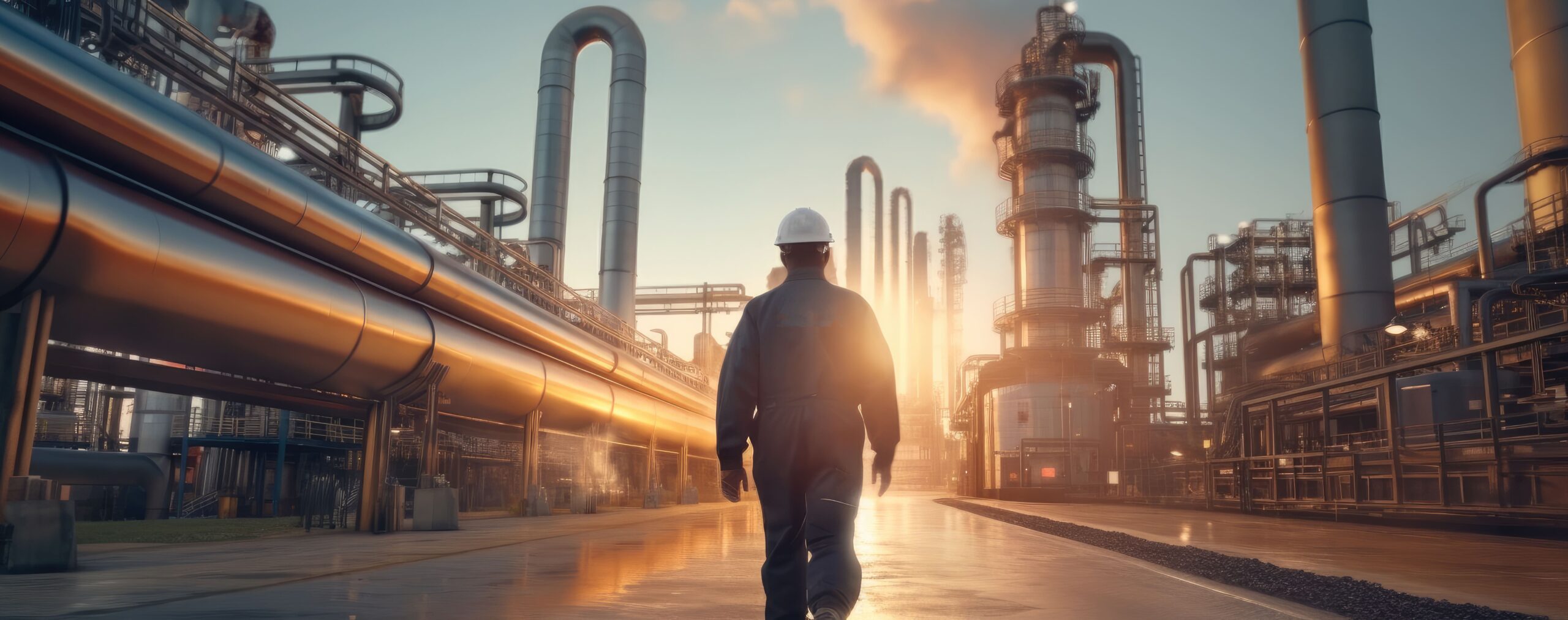
Axis 3 – Processes decarbonisation
and intensification
Targeted projects
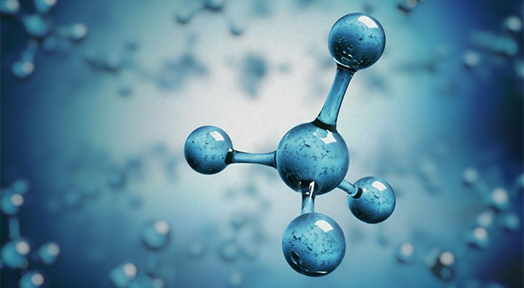
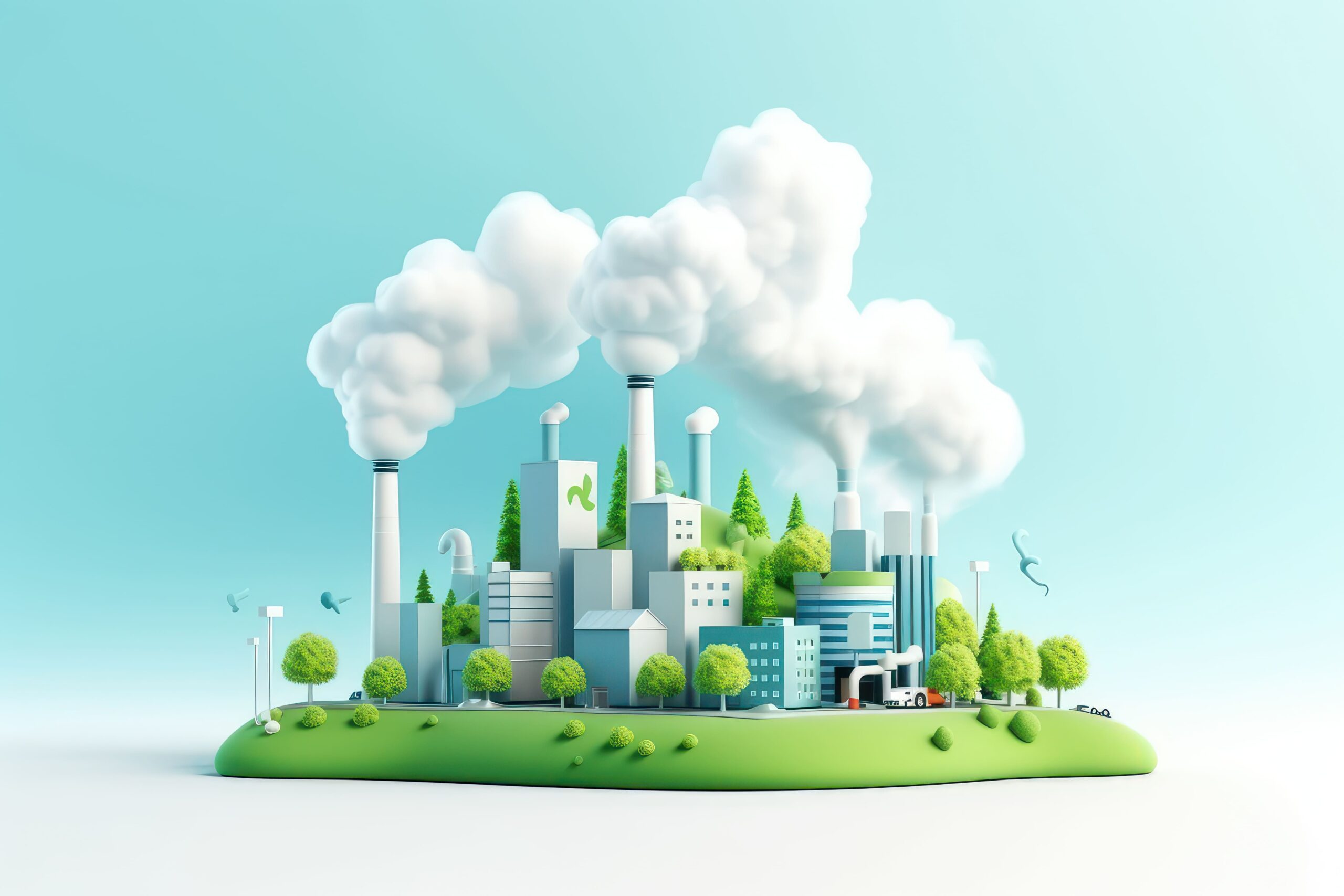
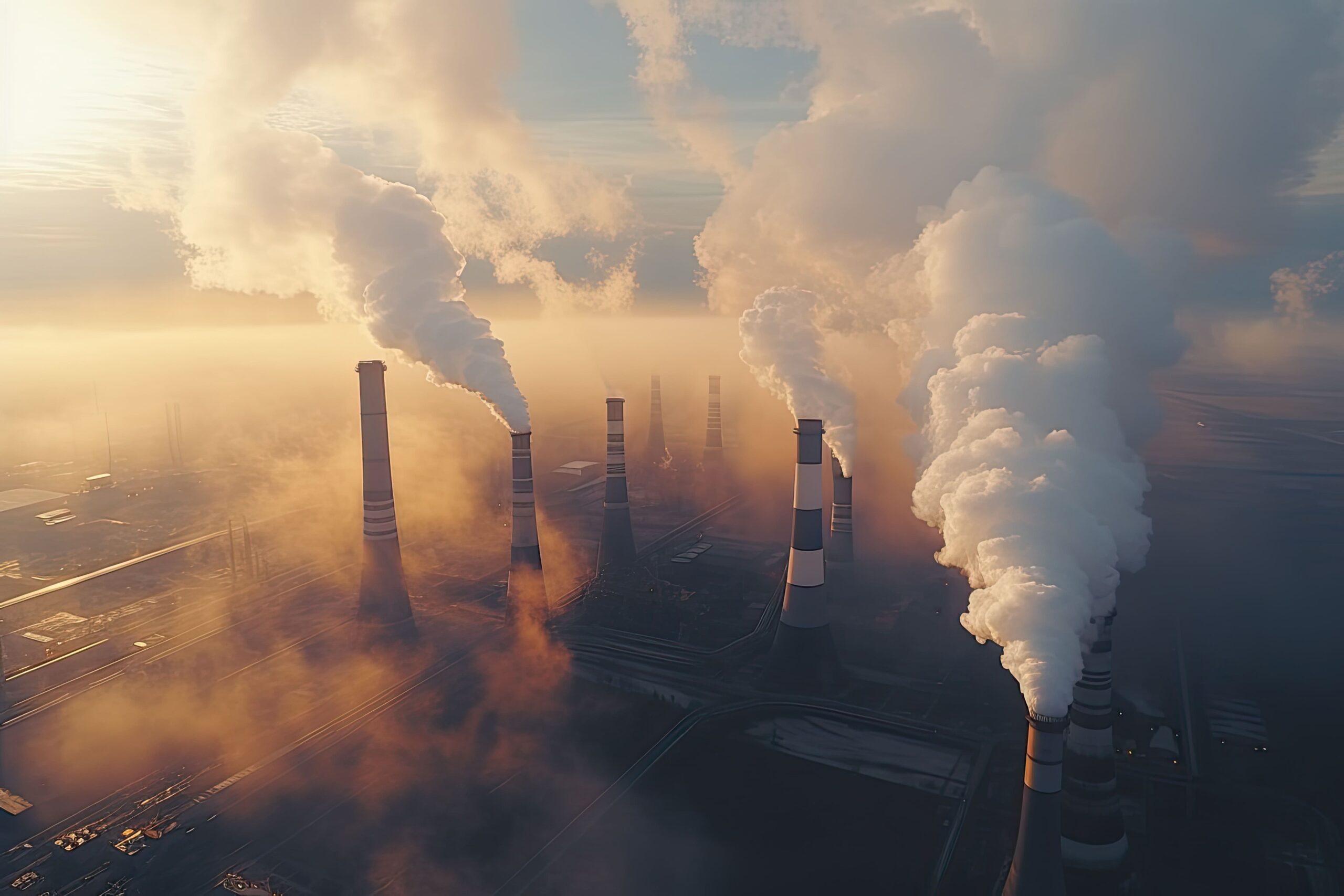
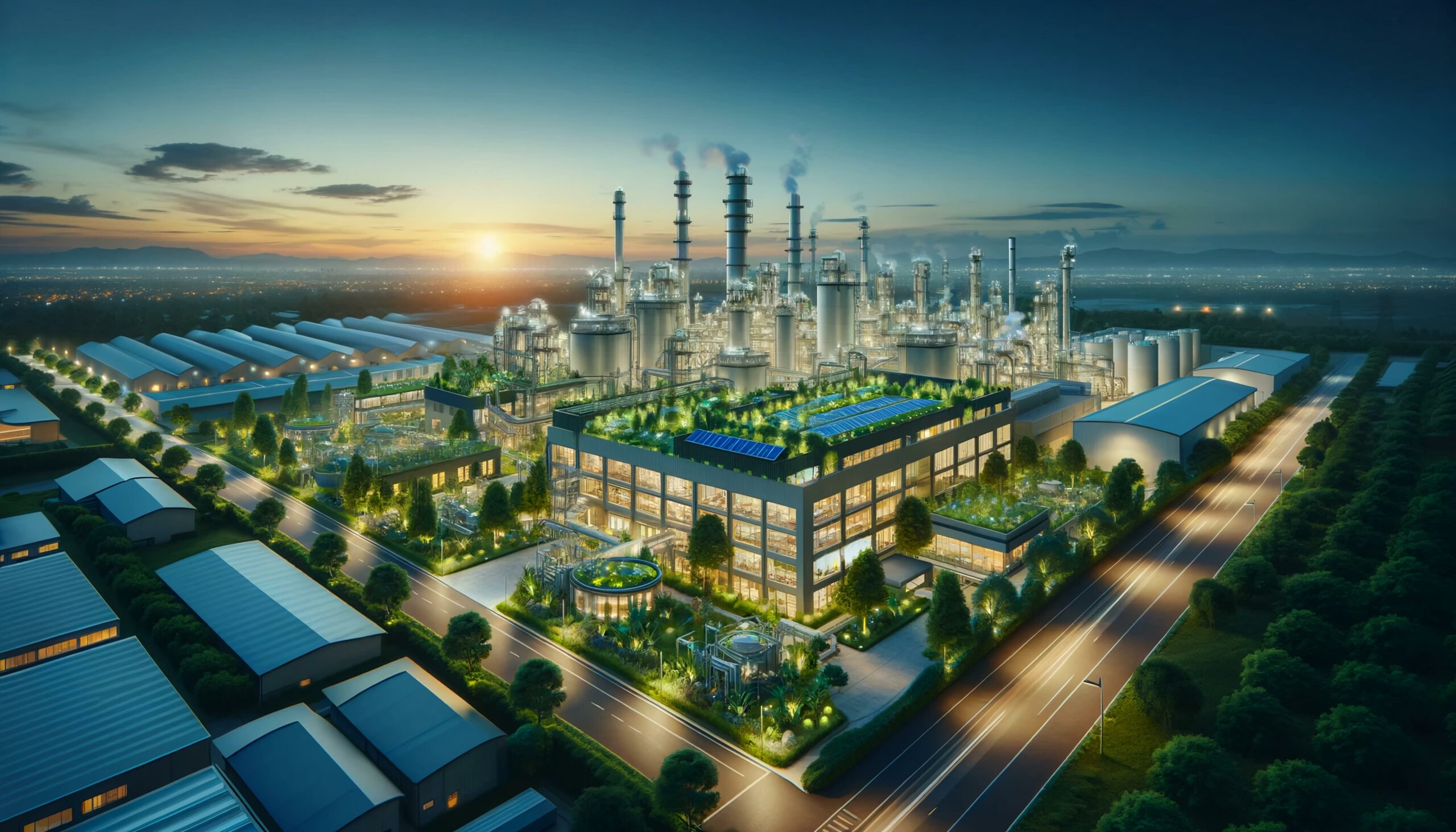

No news
Scientific objects
Axis 3 deals with innovations to decarbonise industrial processes. This axis is structured into three sub-axis grouped under four themes :
Decarbonising industrial processes :
The aim of the research carried out in this area is mainly to design cutting-edge technologies to reduce CO₂ emissions from chemical reactions/processes.
In this context, the ECOCHEM project aims to revisit catalytic technologies based on industrially abundant and relevant chemicals such as N2, NH3, light alkenes, light alcohols, etc. In particular, the development of cascade reactions, through the intelligent design of multifunctional catalytic systems, the coupling of catalysis with alternative technologies, a concept known as assisted catalysis, and the transposition of batch reactors to continuous reactors will be among the scientific aspects studied as part of ECOCHEM. Furthermore, tomorrow’s processes will have to be capable of adapting to a world where the circular economy will have become predominant, where waste will have become a raw material with variability leading to new constraints on the design and operability of processes, and where energies will be renewable and will fluctuate in terms of production but also in terms of cost depending on supply and demand. This subject will be addressed in the « Multifunctional processes » call for proposals, which aims to stimulate the emergence of flexible and modular processes that are highly agile in adapting to rapid dynamics.
Steel and cement are the basic materials of our societies, and their demand is set to continue growing, including in France. The drastic reduction in emissions from these two sectors, necessary to achieve carbon neutrality by 2050, requires the rapid emergence of breakthrough processes. Despite the recognition of some highly reputed French researchers in the field of low-carbon concretes, the French community needs to fill certain gaps if it is to remain in the international competition, in particular by increasing the number of researchers involved in the decarbonisation of the cement industry. Similarly, the few research teams active in the field of decarbonisation of the steel industry are at the forefront internationally, but there are also very few of them. The « Decarbonisation of the iron, steel and cement industries » call for expressions of interest will aim to structure and stimulate a research community on this subject, enabling them to provide innovative solutions for decarbonising high-carbon-emitting industries.
CO₂ capture to eliminate residual CO₂ emissions
CO₂ capture is a key solution for decarbonising industry, particularly those whose emissions are difficult to eliminate. However, there are still a number of challenges to be overcome in terms of energy penalty, cost, resources, performance, etc. before CO₂ capture can be deployed on a large scale.
The IMOSYCCA project (Intensified Modular Systems for friendly CO₂ capture) aims to develop solutions for mitigating small- and medium-scale CO₂ emissions that are not currently covered by existing technologies. Not only do capture costs, which tend to increase on a small scale, need to be reasonable for small- and medium-scale CO₂ emissions, but it is also necessary to offer environmentally friendly solutions that do not alter the authorisation constraints of end users. The national scientific community has been working for around fifteen years on stepping up CO₂ capture technologies, using membrane processes or RPBs (Rotating Packed Bed). This community should be strengthened by those in a position to propose new solvents, possibly bio-based. If necessary, a link could be established with the Biobased Products and Industrial Biotechnologies, Sustainable Fuels PEPR.
The CATALPA targeted project (CO₂ Capture with Low Energy or Low Carbon Penalty) aims to encourage innovative separative media and processes involving gas hydrates, MOFs (Metal Organic Frameworks), adapted or modified activated carbons and solvents, whether deep eutectic solvents or precipitating solvents. Some of these processes, such as microwave regeneration of sorbents or electrodialysis, use decarbonised electricity and therefore have a smaller carbon footprint. CATALPA addresses specific ways of reducing energy consumption and is therefore complementary to IMOSYCCA. CATALPA will focus on materials (solid or liquid) and solutions for their regeneration.
The targeted OXY3C project (Carbon capture by eco-efficient oxycombustion processes)focuses on decarbonising heat production in industry. Most industrial sectors using utility boilers are concerned with heat production, which represents a huge potential for CCSC. More specifically, the development of oxycombustion Capture and Storage (CCS) processes is of prime interest for thermal power stations as well as for manufacturing sectors using high-temperature processes with high carbon emissions, such as glass, steel, petrochemical and cement plants. OXY3C will provide strong links with PEPR SPLEEN projects such as ECOCHEM, since oxycombustion is a way of decarbonising the cement and chemical industries, Power CO₂ for the CO₂ specifications required for its conversion, and the theme of decarbonising heat production (via hydrogen, ammonia, biomass, etc.) addressed in the call for proposals. ) addressed in the call for projects « Decarbonisation of heat: use of hydrogen, ammonia, biomass, emission control », in particular through the development of processes with very low NOx emissions, the production of e-fuel via CO₂ recovery, up-scaling and industrial maturity issues, and specific instrumentation. A link could be established with the Biosourced Products and Industrial Biotechnologies, Sustainable Fuels PEPR. The networking of consortium members should enable rapid exploitation of the knowledge and tools developed to meet the challenge of decarbonisation by 2050.
Two calls for expressions of interest will complement the three targeted projects devoted to CO₂ capture. More specifically, various avenues have been identified for reducing costs, which is a major challenge for the deployment of technologies : reducing the energy penalty, addressed in CATALPA, modularisation to enable large production volumes, addressed in the call for expressions of interest Modular process: a major challenge for the mass adoption of carbon capture processes for small emitters, and the effect of scale addressed in the call for expressions of interest Scaling up the process: a major challenge for the mass adoption of CCUS processes (Carbon Capture Usage and Storage). The intensified technologies proposed in IMOSYCCA will be technologies specifically adapted to the design of environmentally-friendly modular units. Synergies will be encouraged with projects responding to the call for expressions of interest Modular process: a major challenge for the mass adoption of carbon capture processes for small emitters, who should benefit from the new technologies resulting from the intensification of processes, in terms, among other things, of equipment compactness. However, these solutions will have to be brought to market at minimal investment cost. This is the aim of the call for expressions of interest « Process up-scaling: a key challenge for CCUS processes mass adoption » (Process intensification: a major challenge for the mass adoption of CCUS processes).
Coupling CO2 capture and conversion processes
The coupling of CO₂ capture and conversion processes is the subject of a call for proposals. Although the effectiveness of capturing CO₂ using absorption solvents has been demonstrated and numerous methods of recovering pure CO₂ are being developed, including biological processes, there are as yet no coupled capture/upgrading processes on an industrial scale. The call for proposals for New Concerted CO₂ Capture and Recovery Processes aims to stimulate the development of innovative capture and recovery sequences, with the aim of reducing energy costs and costs by exploiting process synergies.